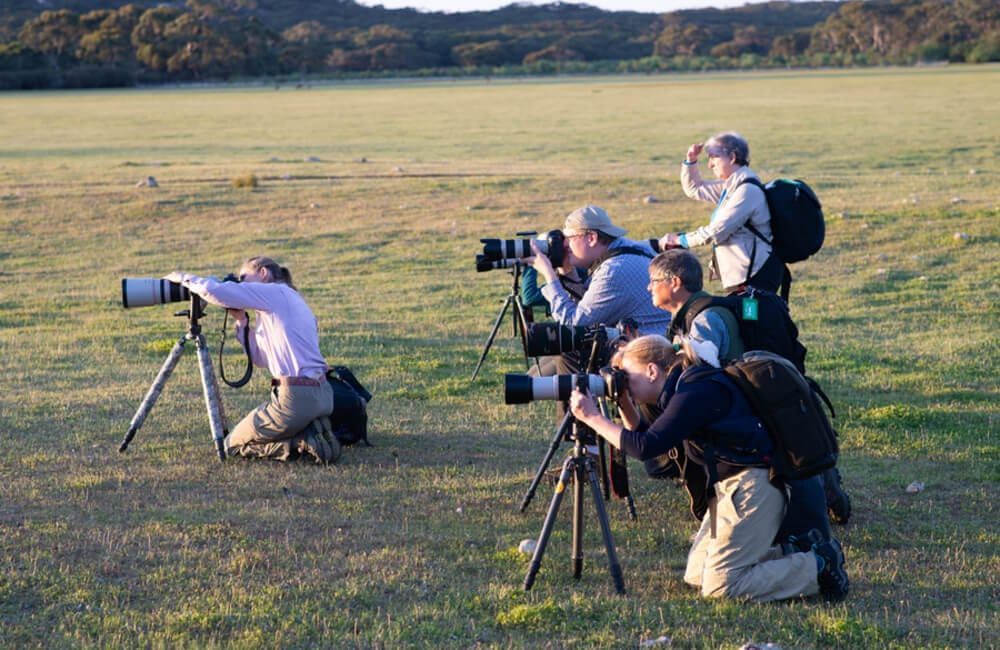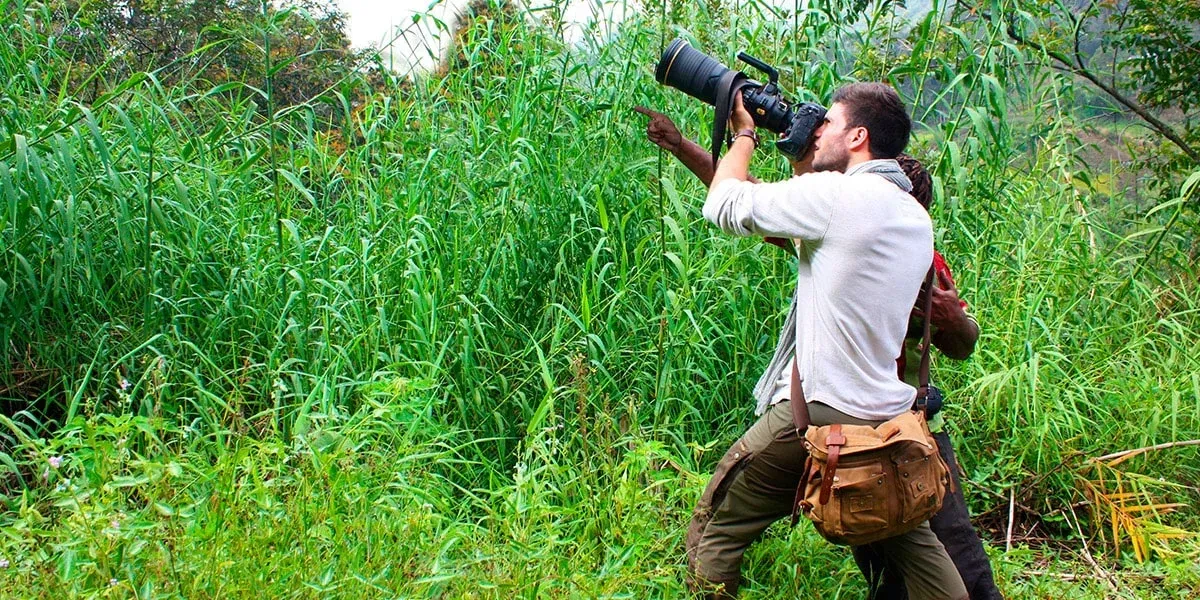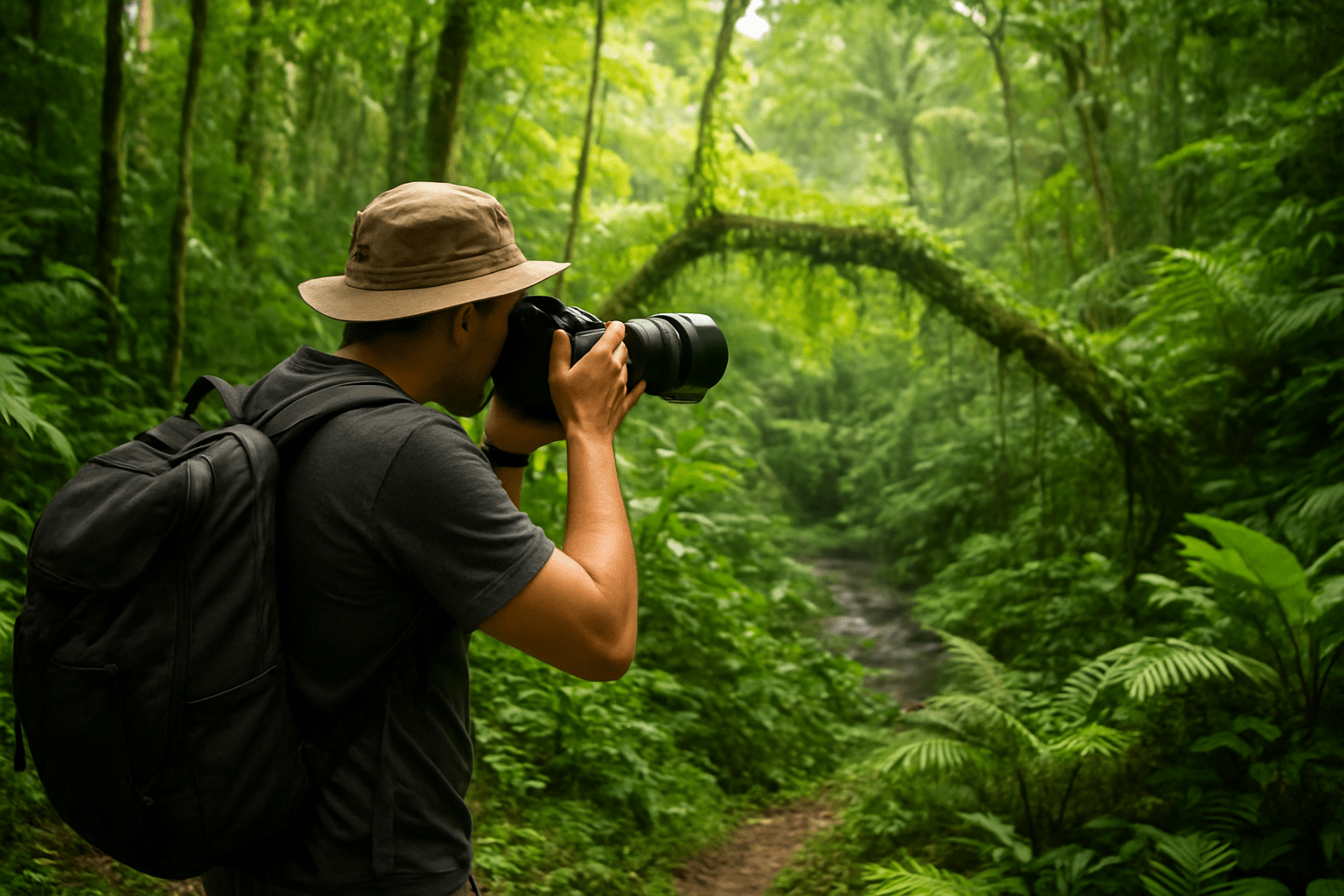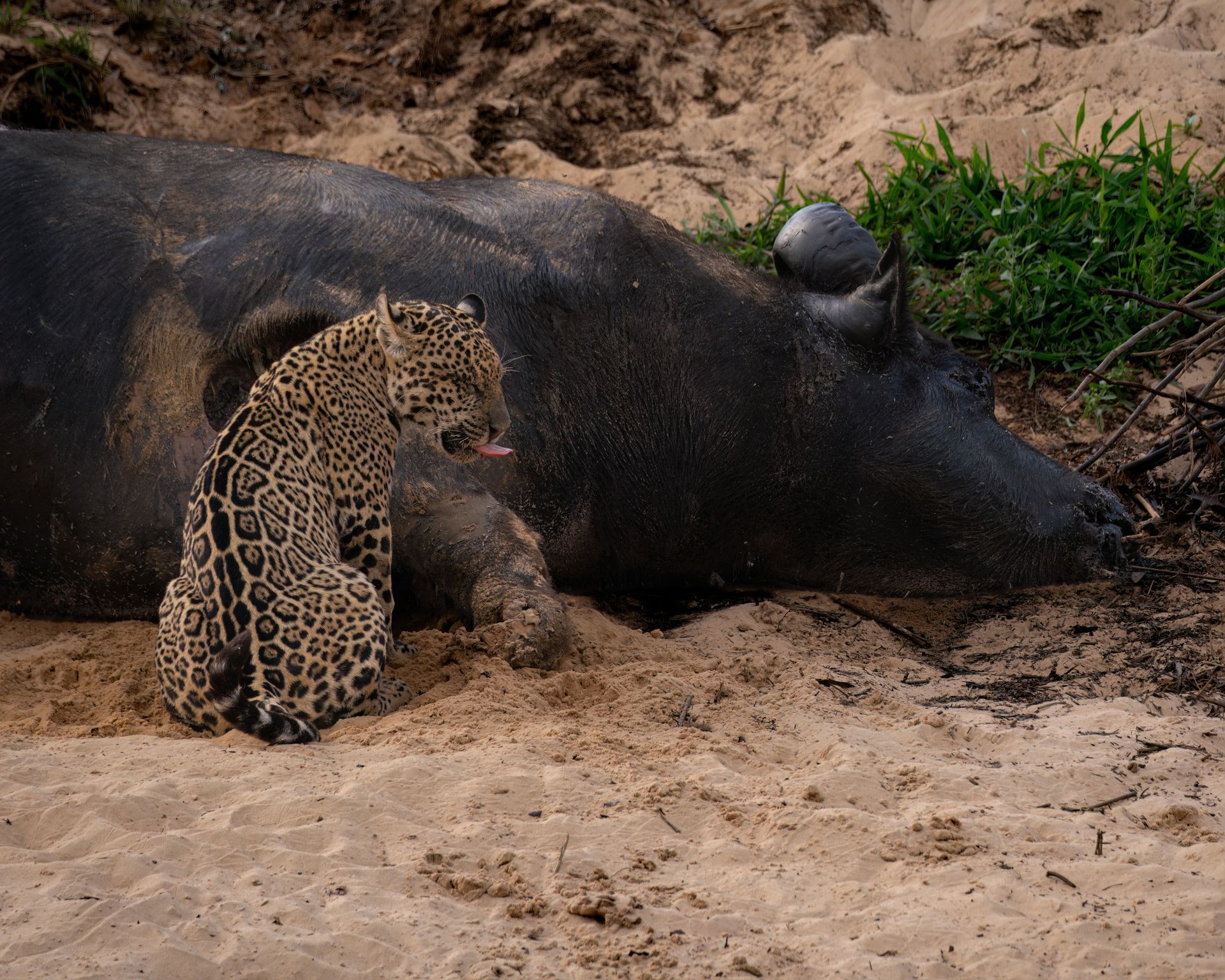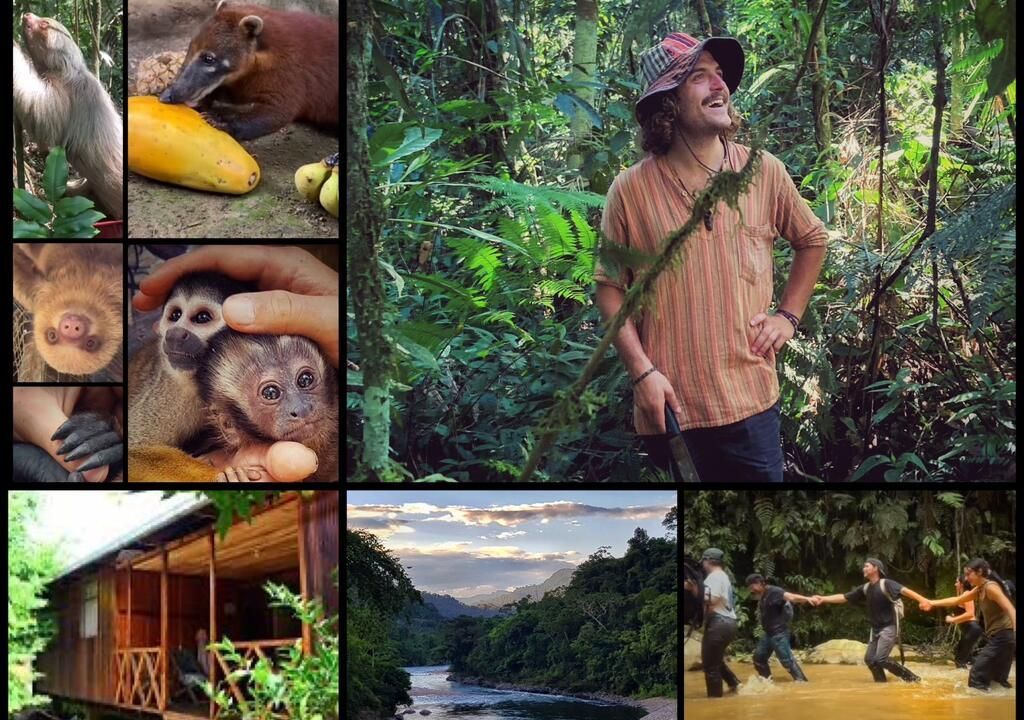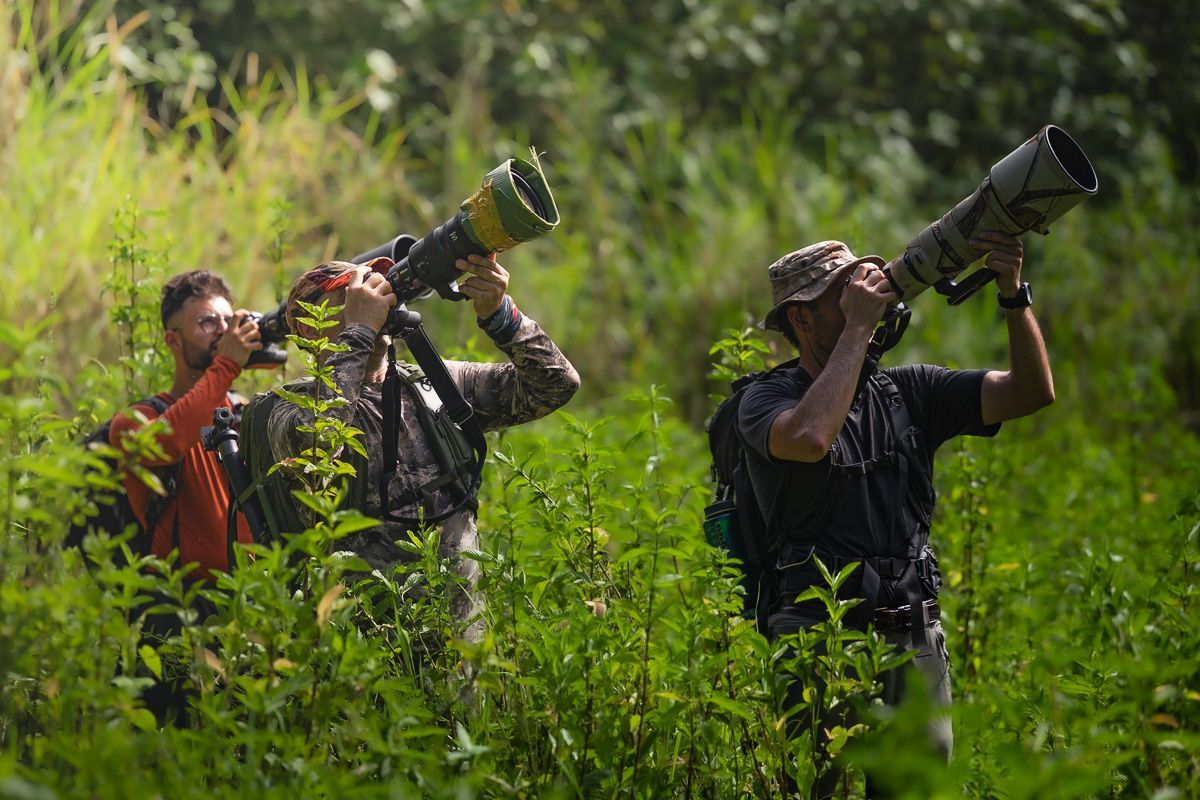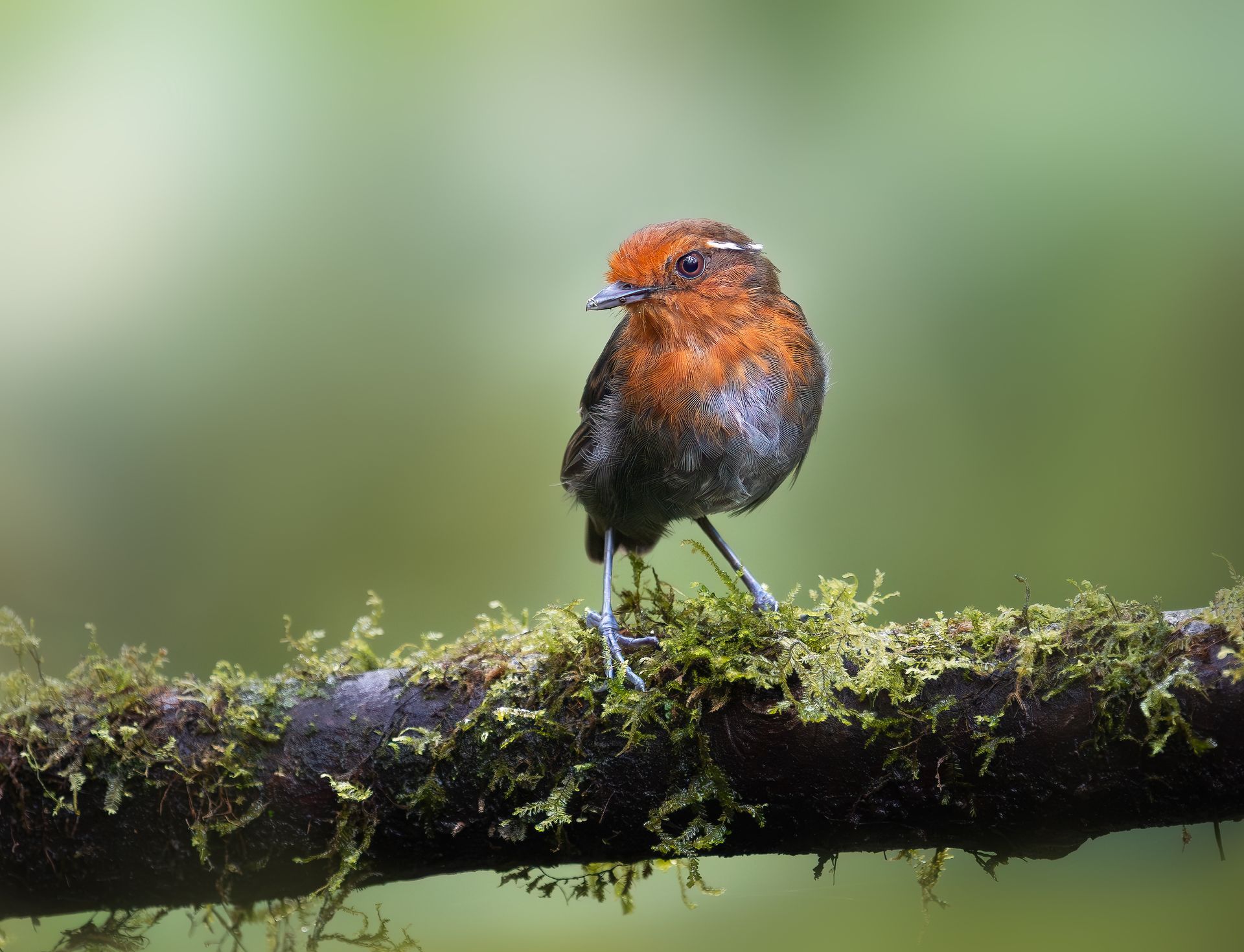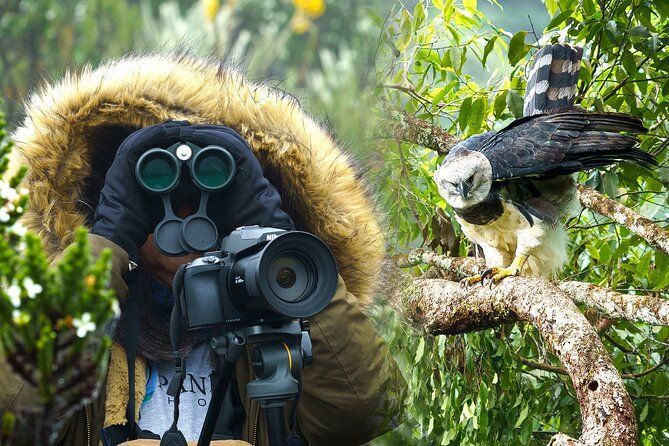Where to Photograph the Andean Cock-of-the-Rock in the Wild
Where to Photograph the Andean Cock-of-the-Rock in the Wild
The Andean Cock-of-the-Rock (Rupicola peruvianus) is one of South America’s most iconic birds. Famous for its vivid orange plumage and distinctive fan-shaped crest, it is a bucket-list species for wildlife photographers worldwide. Native to the cloud forests of the Andes, this bird is a true spectacle, both in its natural behavior and its striking appearance. Photographing it in the wild requires knowledge, patience, and an understanding of its unique habitat.
In this guide, we explore the best locations, optimal seasons, photography tips, and conservation considerations to help you capture this spectacular bird in its natural environment.
Introduction to the Andean Cock-of-the-Rock
H2: An Icon of the Andes
The Andean Cock-of-the-Rock is widely recognized for its flamboyant appearance. Males are bright orange with a prominent fan-shaped crest, while females are more subdued in color, usually brownish with a smaller crest. These birds are best known for their dramatic mating displays, which are performed at leks—specific gathering sites where males compete for female attention.
Photographers are drawn not only to the bird’s vibrant color but also to its fascinating behavior. Documenting a lek in action is a once-in-a-lifetime experience, providing dynamic shots that showcase both interaction and motion.
H2: Understanding Its Habitat
The Andean Cock-of-the-Rock inhabits humid cloud forests along the Andean mountain range, typically between 500 and 2,400 meters above sea level. These environments are characterized by dense vegetation, moss-covered trees, and high biodiversity. Understanding the bird’s habitat is essential for locating it and anticipating its behavior.
Best Locations to Photograph the Andean Cock-of-the-Rock
H2: Colombia – The Cloud Forest Hotspots
Colombia is home to multiple regions where the Andean Cock-of-the-Rock can be observed and photographed:
H3: Tatamá National Park
Tatamá is a biodiversity hotspot located in the western Andes. Its cloud forests provide the perfect environment for leks. Photographers can witness multiple males displaying simultaneously, offering excellent opportunities for both portrait and action shots.
H3: Farallones de Cali
Near Cali, these cloud forests are accessible and well-known for Cock-of-the-Rock sightings. Early morning visits increase the chance of capturing males during their most active display times.
H3: Chocó Bioregion
Although slightly less accessible, the Chocó rainforest offers lush surroundings and a high density of Cock-of-the-Rock leks, making it ideal for photographers seeking unique angles and natural compositions.
H2: Peru – The Classic Destination
Peru has long been considered a prime location for photographing Andean Cock-of-the-Rock:
H3: Manu National Park
Manu National Park is a world-renowned biodiversity hotspot. Its cloud forests host numerous leks, allowing photographers to capture interactions between males and females in their natural courtship environment.
H3: Kosñipata Valley
Accessible from Cusco, Kosñipata Valley combines cloud forest accessibility with high bird diversity. Photographers can capture the bird against dramatic Andean backdrops, enhancing the composition of their images.
Seasonal Considerations
H2: When to Visit for Optimal Sightings
The breeding season is the best time to photograph the Andean Cock-of-the-Rock, as males are most active and leks are in full display:
H3: Peak Display Months
- Colombia: December to March
- Peru: May to September
During these months, males gather at leks in the early morning to perform their courtship rituals. Photographers should aim to arrive before sunrise for the best light and highest activity levels.
H3: Weather and Lighting
Cloud forests often experience mist and intermittent rain. While this adds atmosphere to photographs, it requires preparation: waterproof gear, protective covers for cameras, and flexible scheduling to take advantage of clear periods.
Photography Tips for Capturing the Andean Cock-of-the-Rock
H2: Equipment Essentials
H3: Camera Body
A camera with fast autofocus and high frame rates is recommended to capture rapid movements during courtship displays. Full-frame DSLRs or mirrorless cameras are ideal for low-light conditions.
H3: Lenses
- 300–600mm telephoto lenses allow photographers to maintain distance without disturbing the birds.
- A zoom lens provides flexibility for framing different shots.
H3: Accessories
- Tripod or monopod for stability.
- Lens hoods to manage light in dense forest environments.
- Rain covers for sudden weather changes.
H2: Composition and Shooting Techniques
H3: Capturing Lek Behavior
Position yourself to photograph multiple males interacting. Focus on framing the crest and body posture to convey movement and drama.
H3: Using Natural Light
Early morning or late afternoon provides soft, diffused light. Avoid harsh midday sun, which can wash out the vibrant orange plumage.
H3: Background Considerations
Select perches or natural clearings that minimize visual clutter. The bird’s vivid color contrasts beautifully against green foliage or misty forest backgrounds.
Ethical Wildlife Photography
H2: Respect the Birds and Habitat
Maintaining ethical practices ensures the safety and longevity of these species in the wild:
H3: Avoid Disturbing the Leks
Do not approach too closely or attempt to manipulate the birds’ behavior. Patience is key.
H3: Stay on Trails
Cloud forests are fragile. Staying on established trails prevents habitat degradation and reduces stress on wildlife.
H3: Support Local Conservation
Engage local guides and eco-lodges to promote sustainable tourism, which directly benefits both the birds and their habitats.
Challenges of Photographing Cock-of-the-Rock
H2: Navigating the Cloud Forests
Dense vegetation and uneven terrain make accessing leks challenging. Photographers must be physically prepared for steep climbs and muddy trails.
H2: Weather Variability
Rain, fog, and low light are common. Flexible scheduling and patience are essential for capturing clear and vibrant shots.
H2: Behavioral Unpredictability
Cock-of-the-Rock males do not display on a fixed schedule. Observing their behavior and anticipating movements is critical for successful photography.
Conclusion
The Andean Cock-of-the-Rock is one of the most captivating birds for wildlife photographers in South America. Colombia and Peru offer some of the most accessible and visually stunning leks, set in rich cloud forests with unparalleled biodiversity.
By understanding the bird’s habitat, timing your visit with breeding seasons, preparing with the right equipment, and respecting ethical wildlife practices, photographers can capture once-in-a-lifetime images of this vibrant species.
For those seeking a combination of adventure, photography, and connection with nature, photographing the Andean Cock-of-the-Rock in the wild is an unforgettable experience.
With patience, preparation, and a passion for wildlife, every photographer can bring home images that reflect the bird’s extraordinary beauty and the lush landscapes it calls home.



